Join US
Do you want to build the fantasy world you’ve always dreamed of?
Subscribe to receive notifications when a new post is out and for our monthly newsletter!
You can always unsubscribe anytime.
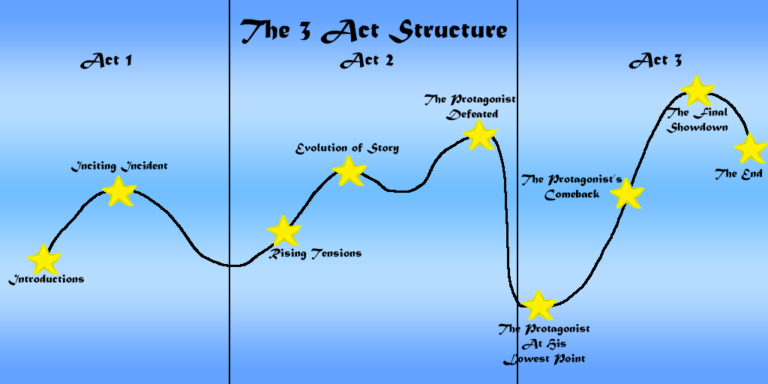
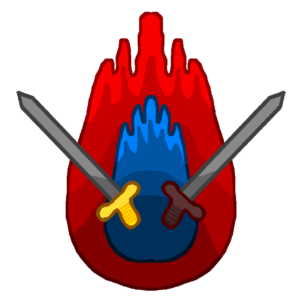
On the surface, a novel is just a whole bunch of words, sentences, and paragraphs that span many, many pages. An author knows it’s much more than that. There’s a lot of things that go on within these pages. One of these things is what’s known as the 3 act structure of a novel.
The 3 act structure of a novel is a standard, not just in fantasy but in fiction. Consisting solely of the beginning, middle, and the last part of a book, the 3 act structure appears in pretty much every novel. Sometimes it’s known simply as acts 1, 2, and 3.
You begin working on the 3 act structure as early as the outlining stage. This is where you begin organizing your scenes and chapters to flow in a logical, orderly manner from beginning to the end. As such, they all fall within one of the 3 acts. Act 1 should flow smoothly (or chaotic if you like!) into act 2 and so for 2 and 3.
With all 3 acts considered equal, should your novel be evenly distributed among them? That is, should there be roughly an even number of pages per act? Ideally, they should be within the same ballpark in terms of pages but it’s okay if one has a bit more than others.
The story pace matters here as well. When working on the 3 act structure, you want to keep the pace in mind as it’ll affect what transpires. For instance, in the beginning act, it will be slower than normal due to easing readers into a new world for the first time as opposed to the ending act where the pace will move faster as the confrontation between the hero and the villain approaches.
This is the twelfth article in the writing a fantasy book series. If you want to take a gander at many of our other great articles, they’re available on our blog page!
With that said, let’s dive into the first of 3 acts: the beginning.
When it comes to the beginning act of the 3 acts of a novel, the first one is perhaps the most important to get right. If first-time readers aren’t enamored with the world and the characters within the first several chapters, they’re more likely to stop reading and put the book away. You don’t want that to happen to yours!
Instead, the goal here is to make it as exciting and dynamic as possible! The pace of the story will be slow here so take this opportunity to slowly ease readers into the world you created. Begin with something that catches their attention and makes them want to read more. Here are some examples you can use to start the story on a bang: a character being kidnapped, murdering a character, dropping your readers smack-dab in the middle of a fierce, ferocious battle, or a character breaking out of prison.
These examples are what’s named the story hook. The hook is what you use to pull would-be readers into your world as they want to see what happens next. This occurs right at the beginning, on the very first several pages or the first part of the first chapter.
After the story hook comes the remainder of the first of the 3 act structure of a novel. Shortly after the hook, you bring the protagonist into the story and you let your readers learn more about him. Who he is and what his goals and dreams are and so on. You want your readers to slowly become attached to him so they begin to root for him when he finally begins his journey.
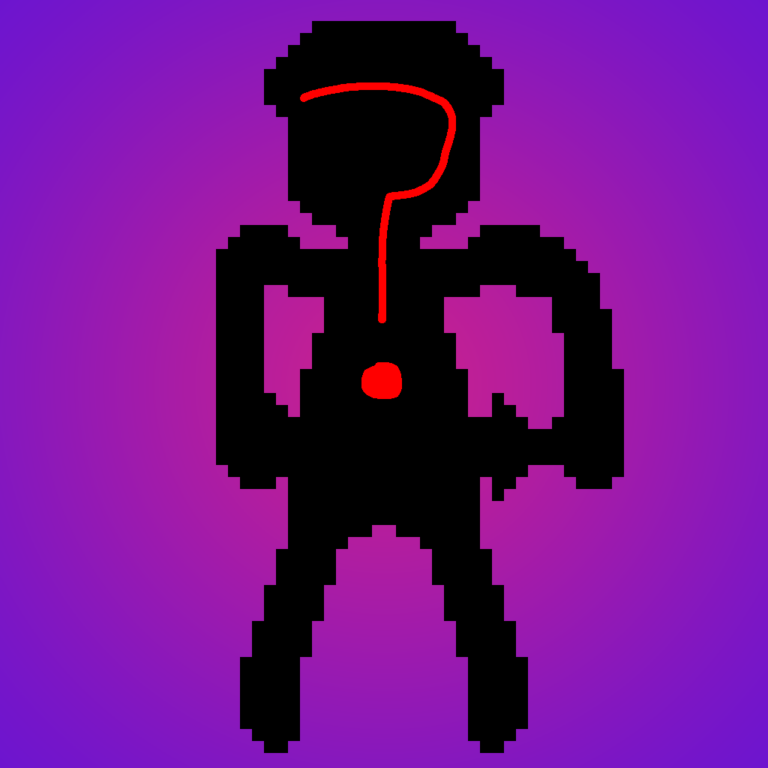
A key component of this act is introducing your readers to the other main characters. Just a reminder: not every single major character will necessarily make his first appearance in the first act. Some show up in the second act or even the last one! Instead, the main characters who appear here will form the core of the protagonist’s allies.
You want to showcase the different personalities of the characters and show how they interact or clash with the hero. In their own fashion, they’ll aid him in many different ways alongside his journey.
Once your readers have learned a bit about your protagonist and the other characters who will eventually become key players in the coming journey, it’s time to bring a splash of drama that jolts the hero to take action. The inciting incident is something that spurs the protagonist to do something about it and occurs partway through the beginning act.
The inciting incident is the protagonist’s first taste of a larger world that he has yet to explore as well as his first experience with the forces of darkness. This is where he — and the readers, by extension — learn about the villain and how much of a threat he is to the world. Knowing that he cannot stand by and do nothing as evil is on the march, he courageously decides to leave the world he’s only known so that he can stop evil from destroying the world.
The rest of this act features the first part of the protagonist’s journey as he grapples with uncertainty as he navigates a world wholly unfamiliar to him. He is thrust into situations that he must learn how to solve himself or with his trusty allies, who’ve joined him on his journey for their own reasons.
It culminates in a mini-cliffhanger which officially denotes the end of the first act and the start of the next one: the middle.
Of the 3 act structure of a novel, the middle is the least-liked one. It’s not as exciting as the beginning where readers are learning about the characters and the world or the ending where the hero and the villain are fighting each other with the fate of the world hanging precariously in the balance. Instead, it’s a bit of a slog-fest since it doesn’t have a whole lot of action going for it.
It doesn’t need to be that way. You can make it equally vibrant as the other two acts by introducing several things that change the story in unexpected ways. New characters, whether they’re friendly or foes, are superb as they alter the dynamic of the protagonist and his allies in surprising ways.
The middle of the 3 act structure of a novel is where things begin to change, both for good and ill. The plot becomes more complex and dynamic as you introduce new concepts and build upon the ones you introduced in the first act. One thing is definite for sure: the tale will be in a different place at the end than it was at the start of this act!
The pace of the story in this act varies by chapter. In some, it moves slow whereas in others, it moves fast. When approaching a turning point or plot point, the pace picks up, indicating to the readers who are paying close attention to what’s going on, that something significant is about to occur that could potentially alter the trajectory of the story.
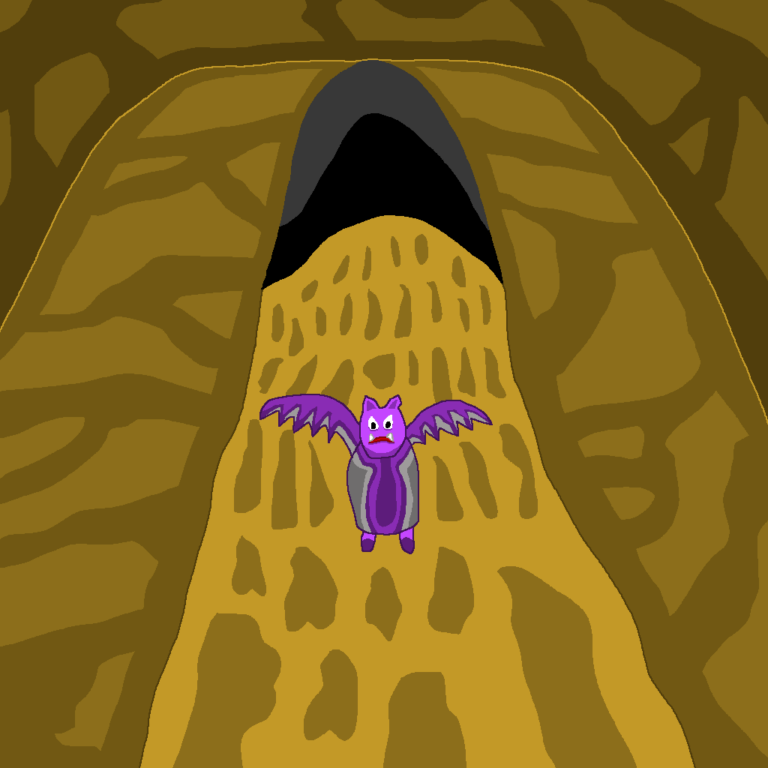
You can resolve some storylines from the first act which in turn, ignites new ones that move the story in new directions. In some cases, giving a new storyline for one of the hero’s allies may even have him leave on his own accord on his own quest that will become clear later on! Sometimes with new storylines come new characters, whose agendas may or may not conflict with that of the protagonist or his allies.
A key component of the middle act is the hero’s training arc. As more of the world becomes familiar to him, he becomes increasingly confident in himself and the abilities he possesses. Where before he was nervous, he’s more sure of himself since he’s gone through some situations that he learned from. This leads to him becoming overconfident, which presages his fall from grace.
Feature the first skirmish between the hero and the villain or one of his chief henchmen towards the latter part of the act. The skirmish tends to serve as the apex of the middle act and sets the tone for the rest of the novel. This is where the protagonist suffers a devastating defeat that causes him to reconsider everything he thought he knew.
The magnitude of the protagonist’s defeat leads to the dark forces gaining momentum that lasts through the remainder of the novel. The scales tilt towards evil, raising the tension as the servants of darkness capitalize on their newfound advantage to strike when the other side is weak.
Now we move onto the third and the most thrilling act: the ending.
Of the three acts, the last one of the 3 act structure is the one with the most excitement. It is where everything comes to a head, both in terms of storylines and characters. Thus, it is imperative that when writing this section, you tie everything together in a way that works and is true to the message of the tale. In other words, stick the landing.
Doing that requires far more handling than you had to do when working on the first act. You’ve guided your readers through an incredible journey where they learned about your main characters and the world and it’s only fitting that the ending is the capstone on the journey.
The first part of this section is where the protagonist is at his lowest. He’s suffered a grievous defeat and now because of his overconfidence in his abilities, he gave his enemies a great victory that they’re now taking advantage of. He must reflect on how and why he lost the skirmish.
Questioning everything he thought he knew is a prime opportunity to show some personal growth. He can discard what didn’t work or help and focus more on what worked or helped him. In the end, he realizes that the reason he lost was because he wasn’t being true to himself. He puts aside the things that made him change into a different person, reclaiming his core identity. This serves as a springboard for him to make his comeback and defeat the villain later on.
As the protagonist climbs out of the doldrums of defeat, the story pace begins to quicken. With the forces of evil on the march, time is running out to save the world. It is here that both sides make the final moves as they barrel towards the inevitable showdown. The rapid pace at which the tale is unfolding highlights the intensity and urgency of the situation.
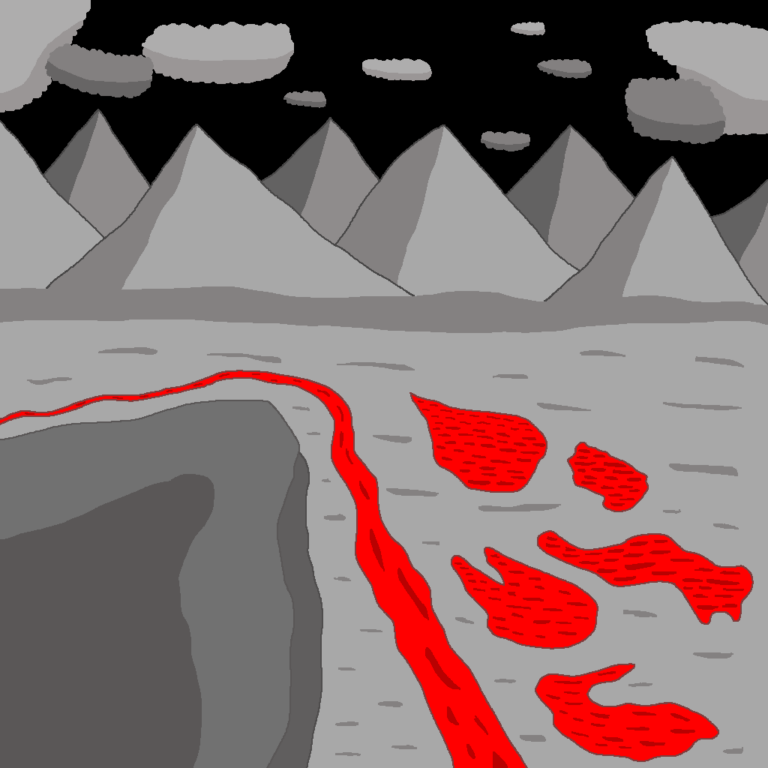
While the final showdown marks the climax of both the ending act and the novel, this act also features plot resolutions. This could be other storylines that’ve been running alongside the main one from either the beginning or the middle acts that impacts the main in some capacity. Ending these plot lines enables readers to devote more attention to the main as it gradually takes center stage the further you go.
Besides wrapping up plot lines, you have character resolutions as well. They had a twofold purpose: one, to help the protagonist get to be where he needs to be in order to triumph over the big bad and two, to conclude their own arcs. Many of these characters had their own stories and it’s time for you to bring them to a fitting close.
Moving onto the grand finale of both this act and the novel as a whole, the final showdown is the one that decides everything. Since both the hero and the villain know this is all for the marbles, they’ll fight with everything they’ve got. You want your readers to feel the intensity oozing from the pages and make the fight a roller coaster that keeps them glued to your book, wanting to know how good wins!
After a long and intense duel, the villain is finally defeated and the protagonist stands triumphant, taking solace in the fact that everything he fought for won’t be destroyed.
With the big bad defeated and the world again at peace, it’s time to sendoff the hero and his allies. Give them the sendoff that best serves their characters that shows everything they’ve learned throughout the journey. They fought so hard to save the world; now show the readers what and why they sacrificed so much of themselves for.
The 3 act structure of a novel works for a reason. In the simplest terms, it depicts the beginning, middle, and ending stages of a story. In reality, it’s anything but simple. It shows both how characters change throughout the novel, becoming the heroes the world needed and how storylines evolve as new ones appear to replace ones that ended sooner than later.
The beginning act does the most heavy lifting of the three. It has a delicate balancing act as it introduces readers to the world and the characters they’ll be joining on their journey while catching and holding their interest. Take your time in getting this right; you only have one chance to make it count.
Next up is the middle act. Generally considered the weakest of the three due to it merely being a continuation of the story without any major resolutions, the middle act does have a lot going for it. It’s where new plot lines appear and new characters enter the scene to shake things up. They present new opportunities to steer the tale in a different direction.
Last comes the ending. This is the one that gets the most action as characters’ arcs and plot lines come to an end as they gird for the final battle against the big bad. Show the gravitas of the situation by having the writing be as intense as the showdown.
You’ve learned all about the 3 act structure of a novel which means it’s now time for you to apply it to the novel you’re writing, so what are you waiting for?
Let me know what you think in the comments below. (Note: this is an account-exclusive feature).
If you don’t have one, you can register here. It only takes a few moments of your time!
Liked this article and want to subscribe? All you have to do is fill out the form below and that’s it!
Thanks for reading this and until the next time,
Sunfire
Subscribing means you receive:
You can always unsubscribe anytime.
Do you want to build the fantasy world you’ve always dreamed of?
Subscribe to receive notifications when a new post is out and for our monthly newsletter!
You can always unsubscribe anytime.